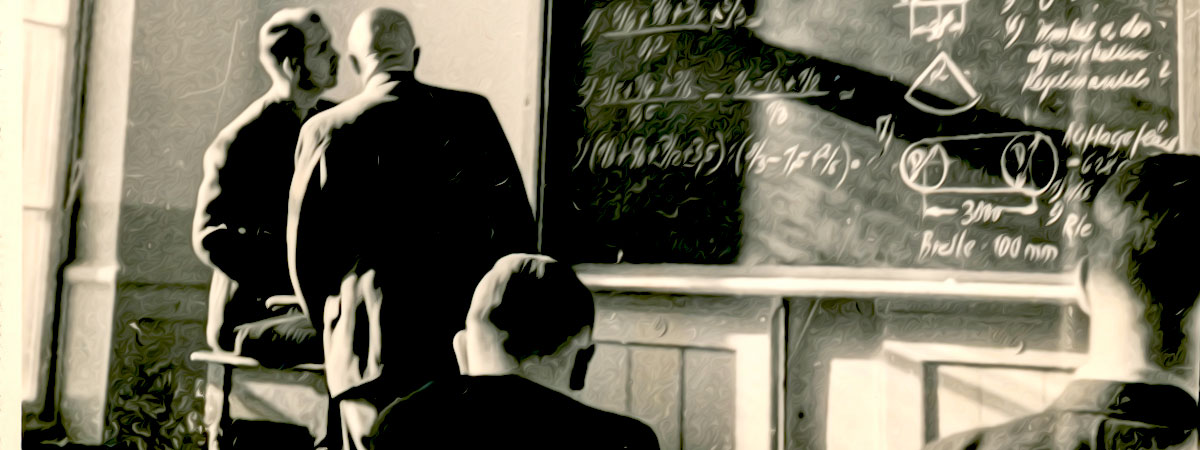Almost every week, I listen to This American Life, a radio program my sister Aparna introduced me to that is best described by its host Ira Glass: “Each week on our program we bring you a theme and bring you different stories on that theme.”
On November 11, 2011, they did one of my favorite programs of all time on the theme called, “So Crazy It Just Might Work.” I highly recommend listening to it. The show opens with a story about prime numbers—numbers divisible only by themselves and 1. For example, 3 is a prime number (divisible only by 1 and 3), but 4 is not (divisible by 1, 2, and 4).
For thousands of years, mathematicians had been searching for a formula to predict prime numbers, which are easy to discern when they’re small (like 7 and 11) but much harder when they are big. Apparently, a French monk named Marin Mersenne came up with a formula to predict prime numbers in 1644. Using his formula, Marin Mersenne wrote that one of the largest discernible prime numbers he discovered was:
267 – 1
This number, written out, is 21 digits long. It’s so big that Google will approximate the answer using scientific notation. Though Mersenne didn’t offer any proof, no one could dispute his claim and 267-1 became famous amongst mathematicians as one of the largest, if not the largest, prime number we knew about. In 1876, French mathematician Édouard Lucas demonstrated that Mersenne’s Prime must have factors, but did not know what they were. The mystery persisted: was Mersenne’s Prime Number really prime and could we ever know?
Then in 1903, a mathematician named Frank Nelson Cole shows up to a meeting of the American Mathematical Society, where he’s slated to give a lecture. When his lecture begins, he walks up to the blackboard in front of the conference hall. He doesn’t say a word. He just picks up a piece of chalk and writes:
267 – 1 = 147,573,952,589,676,412,927
Then he moves to the other blackboard and writes:
761,838,257,287
x 93,707,721
The crowd of illustrious mathematicians stirred with anticipation as Cole proceeded to do rote multiplication (the kind we learned in elementary school). At end of his hour-long, by-hand calculation, he shows that the product of the two numbers he’s written on the blackboard is equal to the 21-digit number on the other of the board. In other words, he’s proven that Mersenne’s Prime has factors—he’s proven that Mersenne’s Prime isn’t prime! And without having uttered a word, he begins to return to his seat, while the august assembly comes to its feet in thundering ovation. Mathematicians finally know the answer to a centuries-old puzzle.
Whether in science or startups, the only thing that solves problems that no one knows how to solve is relentless trial and error. Tweet This Quote
What’s amazing about this story is that Frank Nelson Cole explains that it took him three years of Sundays (156 Sundays) to figure this out. He spent three years of Sundays dividing 267 – 1 by one number and the next number and then the next. As Paul Hoffman, author of the The Man Who Loved Only Numbers and says on this episode of This American Life:
Whether in science or startups, the only thing that solves problems that no one knows how to solve is relentless trial and error.
This is the first of a two-part series. Click here for part two.



